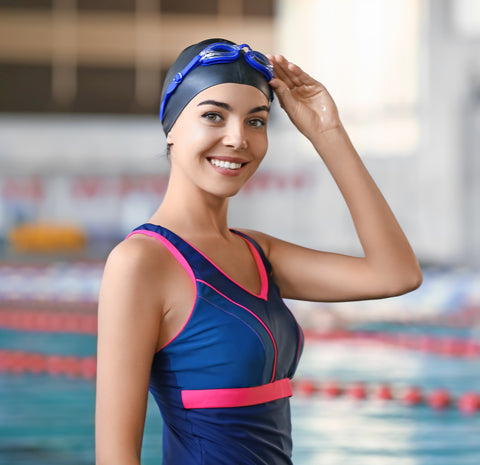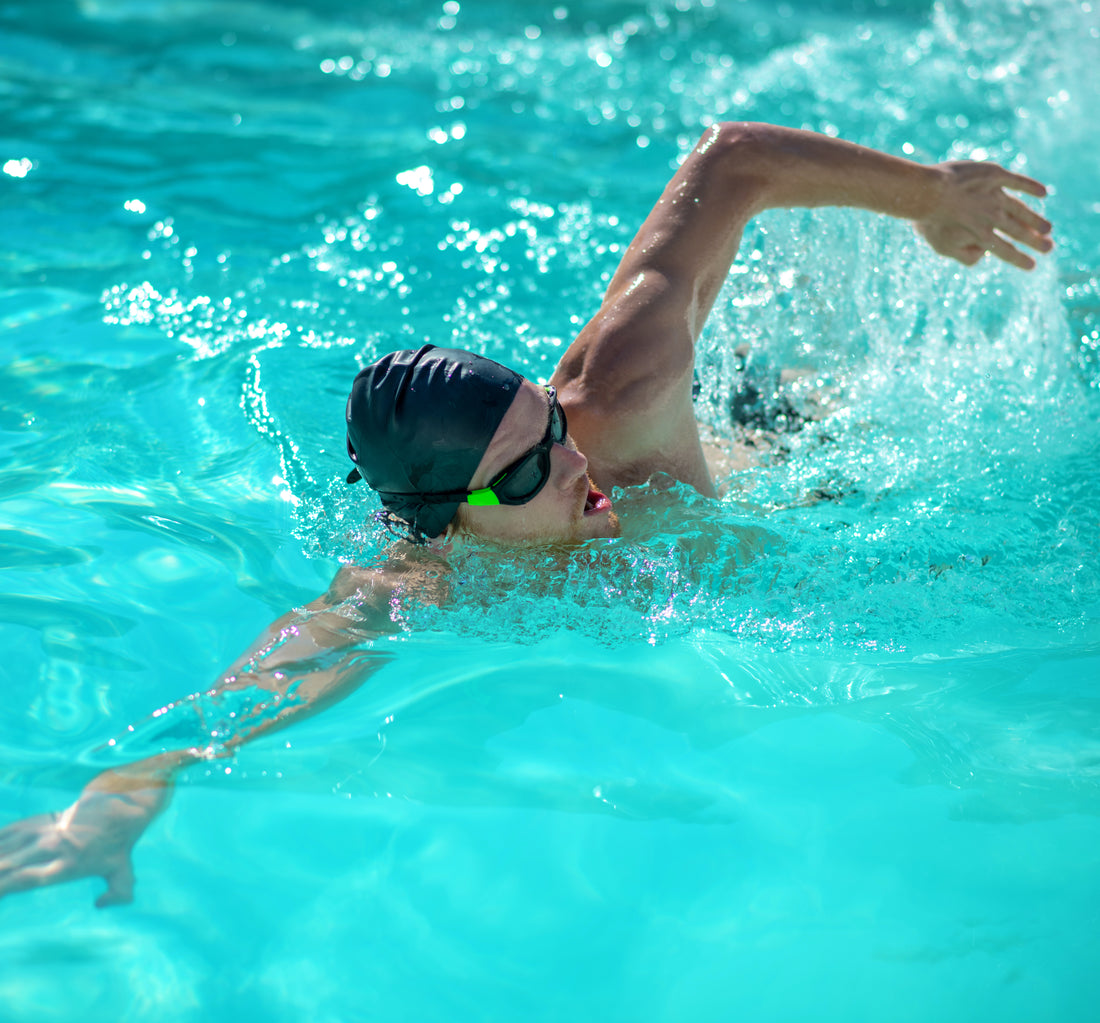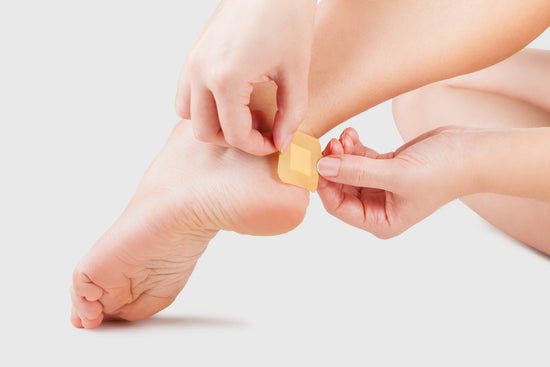A lot of us love to swim thinking of the serenity of water around us and the great workout we are going to have. Swimmer’s chafe is an issue that comes with the territory but does not come to mind until it actually happens to you. New swimmers might not realize it at first but the friction between skin and skin, hair and skin or fabric and skin can cause severe irritation to skin, causing rashes and, if not treated on time, even become open wounds.
Chafing while exercising or doing repetitive motions occurs in regions of the body where the skin is layered or folds as well as those regions where friction between skin and other surfaces such as fabric and hair occurs. It is no different for swimming. Some common areas where chafing can occur are nipples, armpits and inner thighs but can occur even if swimming goggles, caps and bathing suits are worn in an ill-fitting or are made from unsuitable material.
Swimming is a fantastic full-body workout that is good for those with asthma, joint and muscle ailments, and is even said to de-stress and slow down the body’s natural ageing clock. Issues such as chafing shouldn’t be a cause to avoid such a simple and beneficial exercise. Here are some low-effort solutions to make your swimming experience, recreational or for exercise, as comfortable as possible:
- Shave your facial hair
Facial hair can cause bad burns via hair on skin friction, especially while ocean swimming due to the increased salt content of the water. Swimmers practicing strokes that cause their facial hair to repeatedly rub against an exposed portion of their body such as shoulders should take preventive measures such as shaving or using anti-chafing gel and salves.

- Use an anti-chafing gel
Anti-chafing cream or a gel are a fool-proof way to avoid chafing as much as possible. They are preventive tools but some are formulated in a way that they may also be used on skin that has already chafed albeit it is not bleeding or severely abraded. SkinEasi’s activ , silicone based anti-chafing gel is a perfect example of a formula that is water proof, isn’t greasy like other make shift solutions such as petroleum jelly, is also long-lasting and does not stain.
- Rinse your body with fresh water after you swim
Washing away abrasive substances such as the deposits that are left on the skin after swimming in salt water and chlorinated pool water helps avoid the possibility of more rubbing causing the epidermis to get eroded.
- Pay attention to your skin’s level of sun exposure
Skin that is sun-damaged is more likely to get damaged by the friction caused during swimming. Using sunscreen is a good way to protect the skin as well as put a mechanical barrier on skin.
- Stay hydrated because healthy skin is less prone to damage and breakage
Skin that is dehydrated and/or flaking is more prone to undergoing erosion so make sure to drink plenty of healthy fluids and moisturize regularly as well as after you are done swimming.

- Wear bathing suits that are skin-hugging but constrictive or too loose
Wearing the correct gear makes a whole world of difference. If your bathing suit properly adheres to your skin, the chances of it creeping its way into the folds of your skin and causing friction lessen tremendously. On the flip side, having suits that are too tight may cause severe discomfort if swimming for extended periods of time and also cause more chafing. For professionals or those that participate in competitions such as triathlons, investing in good anti-chafing swimwear and gear will pay off in the long run. If you do not want to go through the hassle of buying new gear, sometimes, just changing into a new piece of swimwear will do the trick as friction is generally caused by accumulating sweat and saltwater deposits. Specifically for the groin area, cutting out the inner liners or buying bathing suits sans liners will definitely ease the irritation.
- Keep your bathing suits clean and dry, making sure to wash in fresh water after each use
Last but not the least, maintaining hygiene of not just your body but also your clothing and gear is essential. Getting rid of dead cells and deposits after one use will make the next use more pleasurable and less of an uncomfortable hassle.

Hearing or reading about swimmer’s chafe might make the activity frightening but don’t let anything stop you from that leisurely dip in the ocean or those rapid or relaxing laps in the pool.
An anti-chafing gel, like SkinEasi activ is definitely a big part of the how-to-avoid-chafing-in-water starter kit in addition to well-fitting clothing and gear. Now, armed with this knowledge, have a blast burning those calories while maintaining healthy, happy skin!





